Whenever I sit down to write a column, I send a message to the future. Most of the time, I write to a future self that is only four days away–today, I am projecting a message into a new year. What is time if not a cycle (wheels, clocks, circles) constantly moving forward yet returning to familiar moments from the past? New Year’s is perhaps the most poignant of these hallmarks–a moment to reflect on the past and cast a hopeful eye toward the future.
For me, 2024 was a year of ritual and change. I started a new job that enables me to have a statewide impact in building our Nevada food system, compensating for that effort in a way that makes me feel validated. I stepped away from roles where I was no longer effective, stepped into new places where I was welcomed, and directed my energy to where I found resonance. I read 77 books and wrote 50 columns–a weekly practice that kept me feeling grounded. I leaned into community-built connections with friends and “found family.” My top priorities in 2025 include growth & personal development (grad school), balance (work, life, school, advocacy), and cheese. I want to eat more cheese.
I hope you take some time to reflect on the past year (What were the things that brought you joy? What lessons did you learn? What made you the most proud?) and to set your intentions for the next wheel (of time and of cheese).
There are many food traditions associated with the New Year. There are special desserts, noodles (long life), pork (abundance & good luck), field peas (coins), and greens (money). While the particulars differ depending on location and culture, the theme is the same–food and drink as a ritual to set intentions for the New Year.
Considering my status as a “Person of the Bean,” you might be surprised to learn that I was slow to cultivate a love for field peas. They were not a favorite and I struggled every year to find a tasty use for the bag of “Super Lucky Black-eyed Peas” that arrives in every December Rancho Gordo Bean Club Box. I tried Hoppin’ John (black-eyed peas & rice) and Black-eyed Peas with Collard Greens–but neither got me hooked. Frankly, the black-eyed peas took a backseat to smokey bacon or pork belly, and I was more likely than not to substitute some other ingredient from my bean stash. Then came Marcus Samuelsson, an Ethiopian-born Swedish American chef, with the dish that changed my perspective on BEP and now I can eat my way to prosperity with the best of them!
Black-Eyed Peas with Coconut Milk
Adapted from Marcus Samuelsson by KDub
INGREDIENTS:
1# dried black-eyed peas
Kosher salt
4 T unsalted butter
1 large red onion, chopped
1 ½ T fresh ginger, minced
3 garlic cloves, minced
1 habanero chili, seeded and minced
½ t cumin
½ t coriander
¼ t cardamom
Dash of fenugreek (optional)
Dash of nutmeg
½ t cinnamon
1 T smoked paprika
1 T mild chili powder
1 t ground turmeric
1 can peeled & diced tomatoes
1 can coconut milk
1 cup chicken stock or low-sodium broth
⅓ cup chopped cilantro
2 scallions, thinly sliced
DIRECTIONS:
- In a large saucepan, cover the peas with water and bring to a boil. Simmer over moderately low heat until tender, about 1 hour. Add a generous pinch of salt and let stand for 5 minutes, then drain well.
- Meanwhile, in a large saucepan, melt the butter. Add the onion, ginger, garlic, and chili and cook over moderate heat, stirring occasionally, until softened and just starting to brown, about 10 minutes. Add the dry spices and cook, stirring, until fragrant, about 2 minutes. Add the tomatoes and cook, stirring, until softened, about 5 minutes. Stir in the coconut milk and stock and bring to a boil. Simmer over moderately low heat, stirring occasionally, until the tomatoes break down and the sauce is thickened, about 20 minutes.
- Add the peas to the sauce and cook over moderately low heat, stirring, until the peas are lightly coated, about 10 minutes. Fold in the cilantro and scallions and serve.


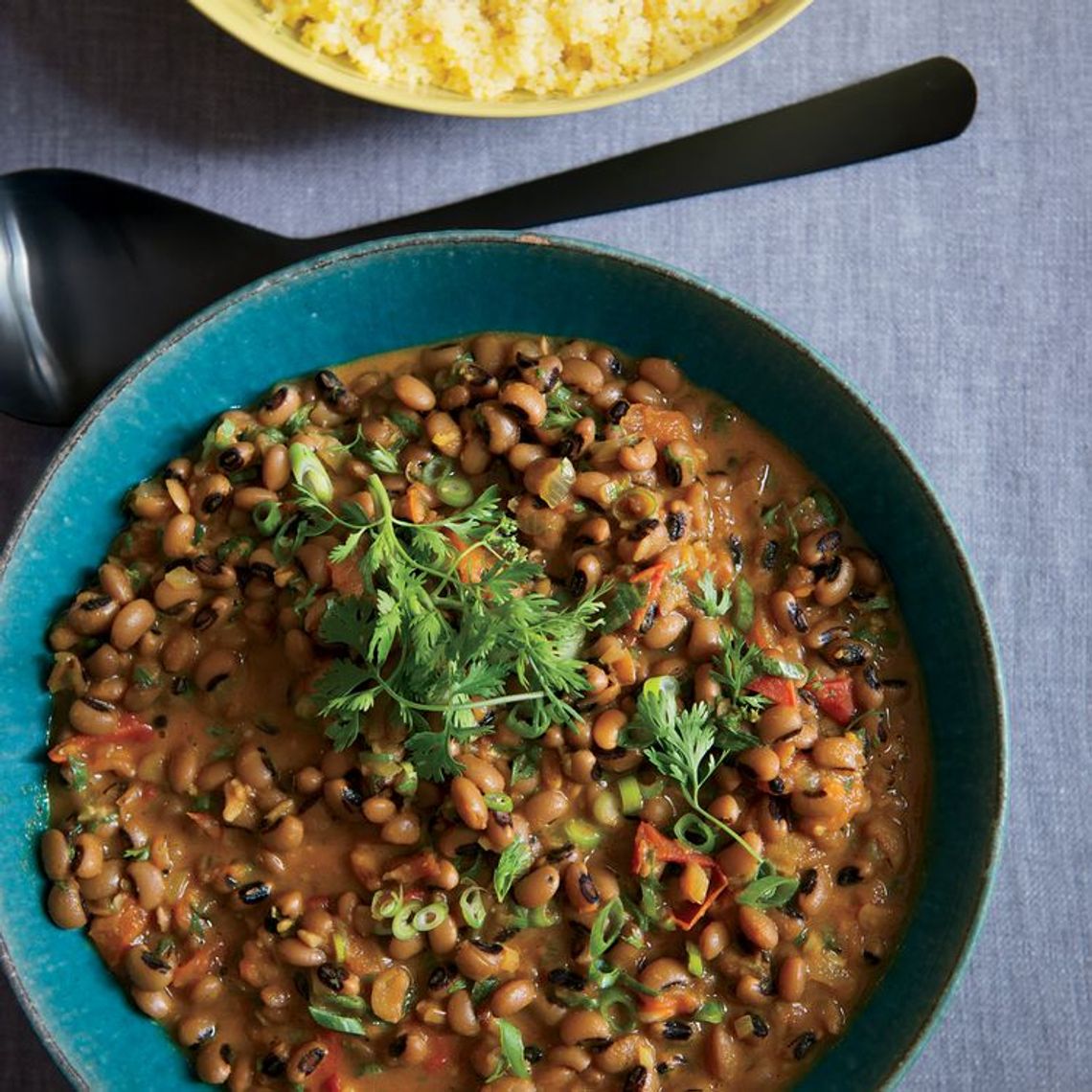
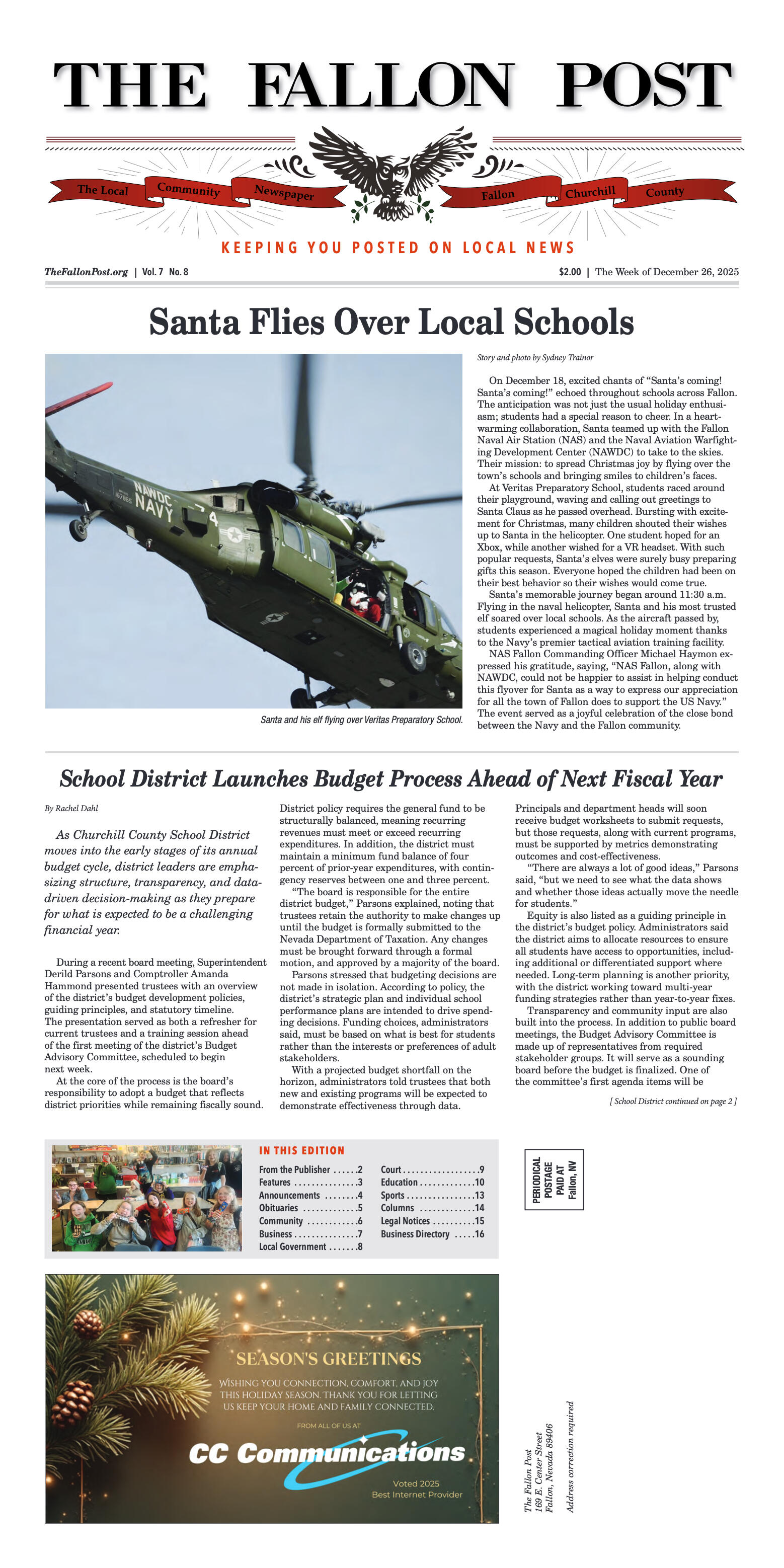
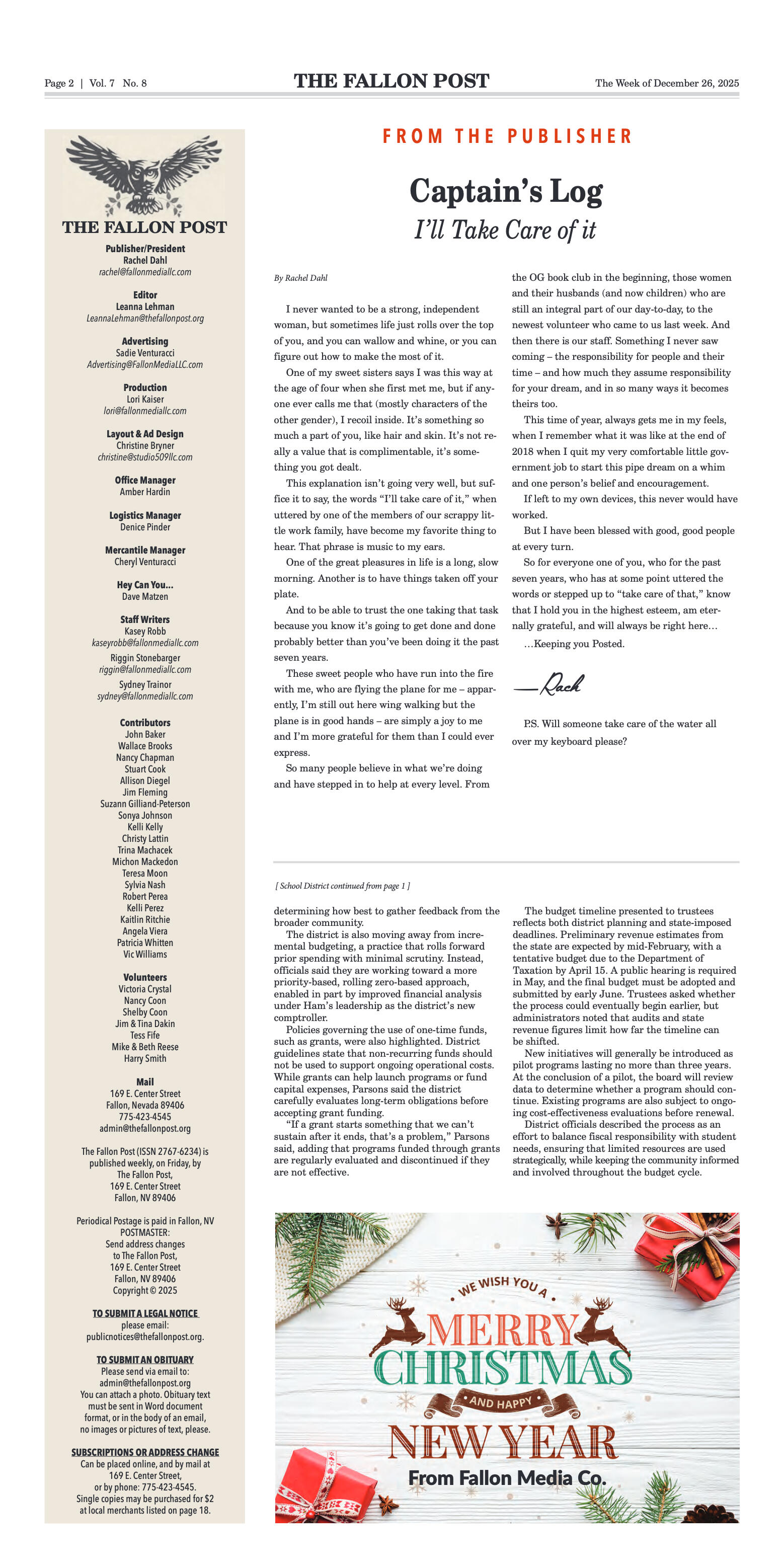
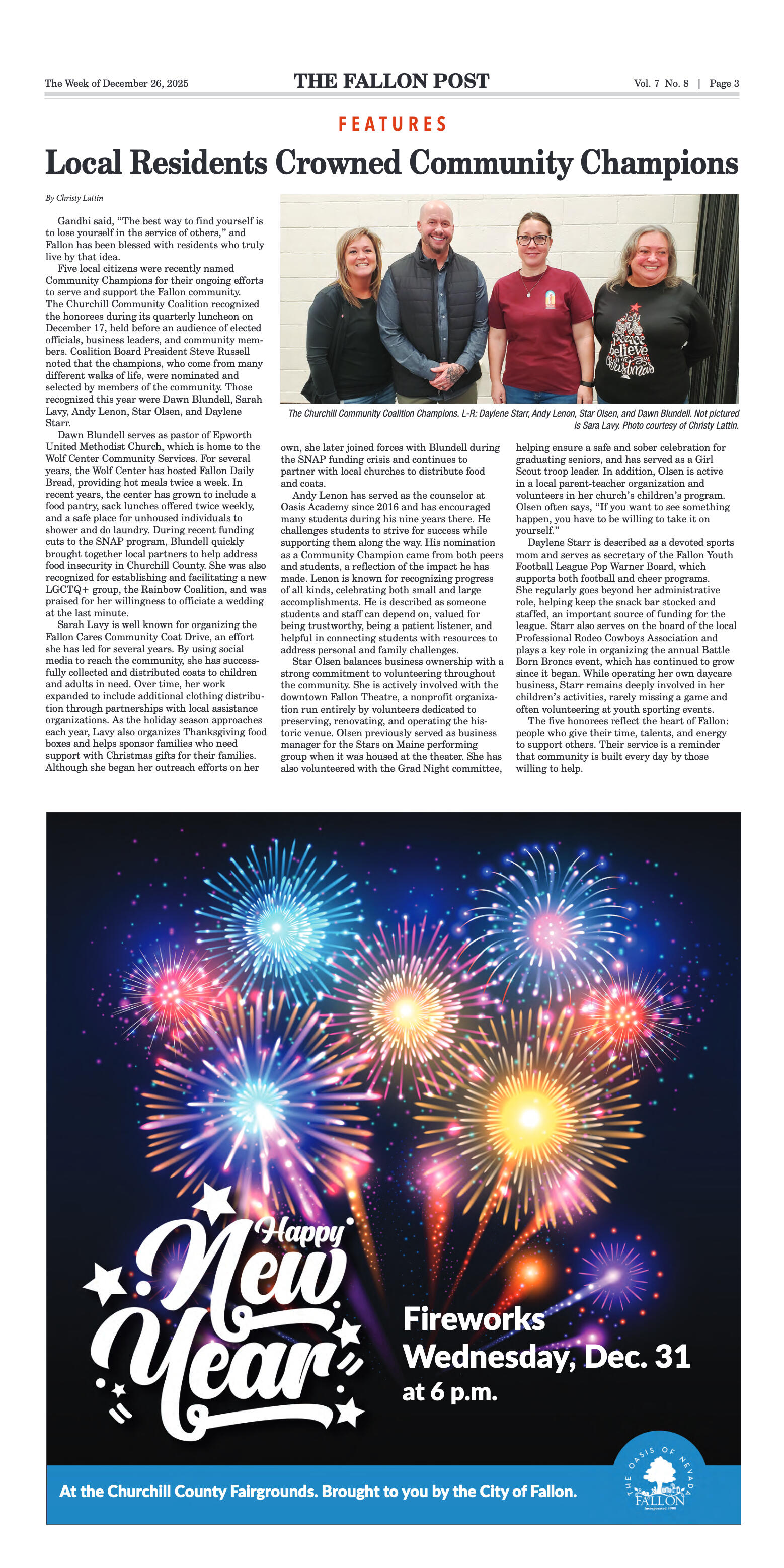
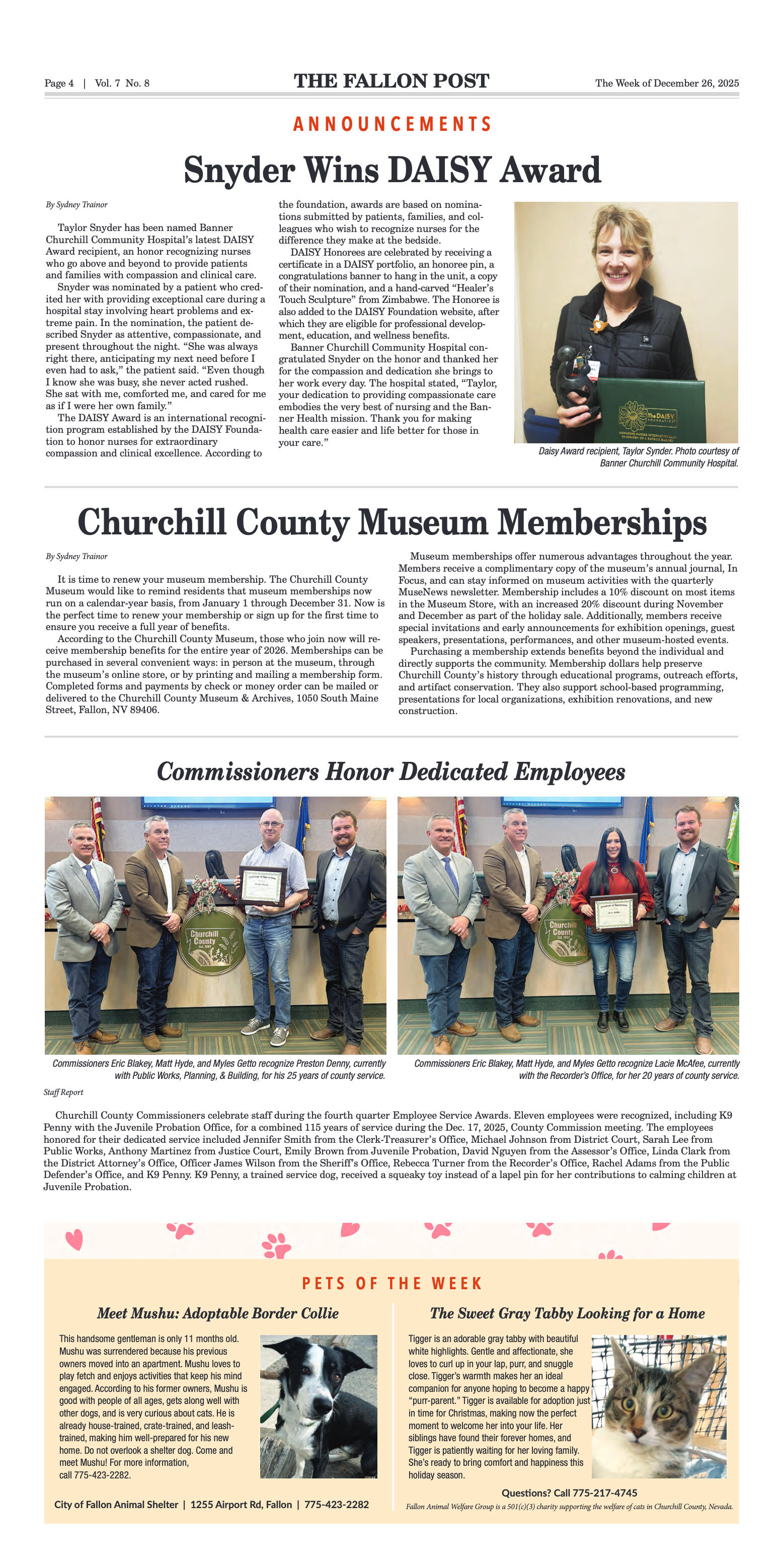
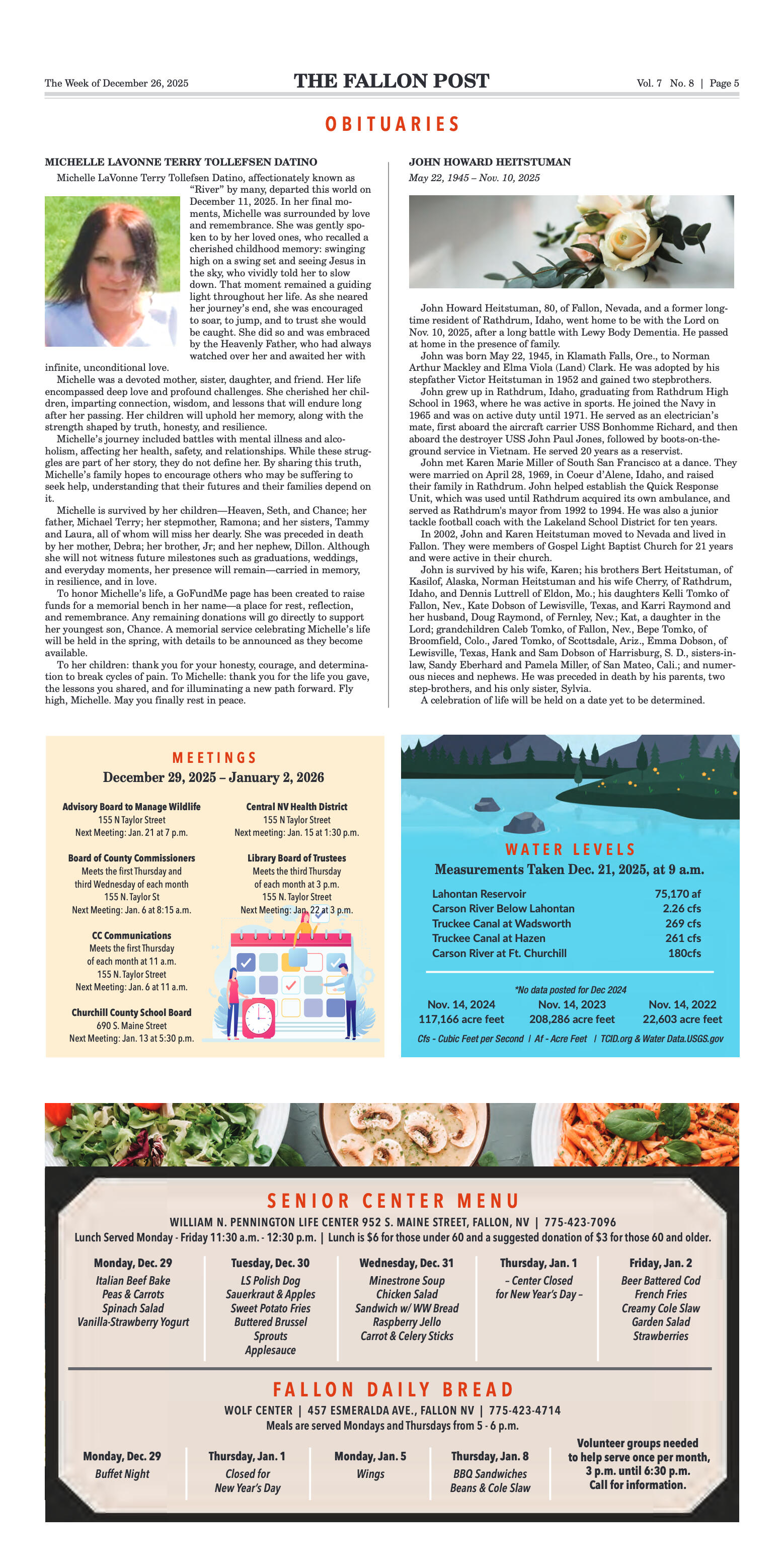
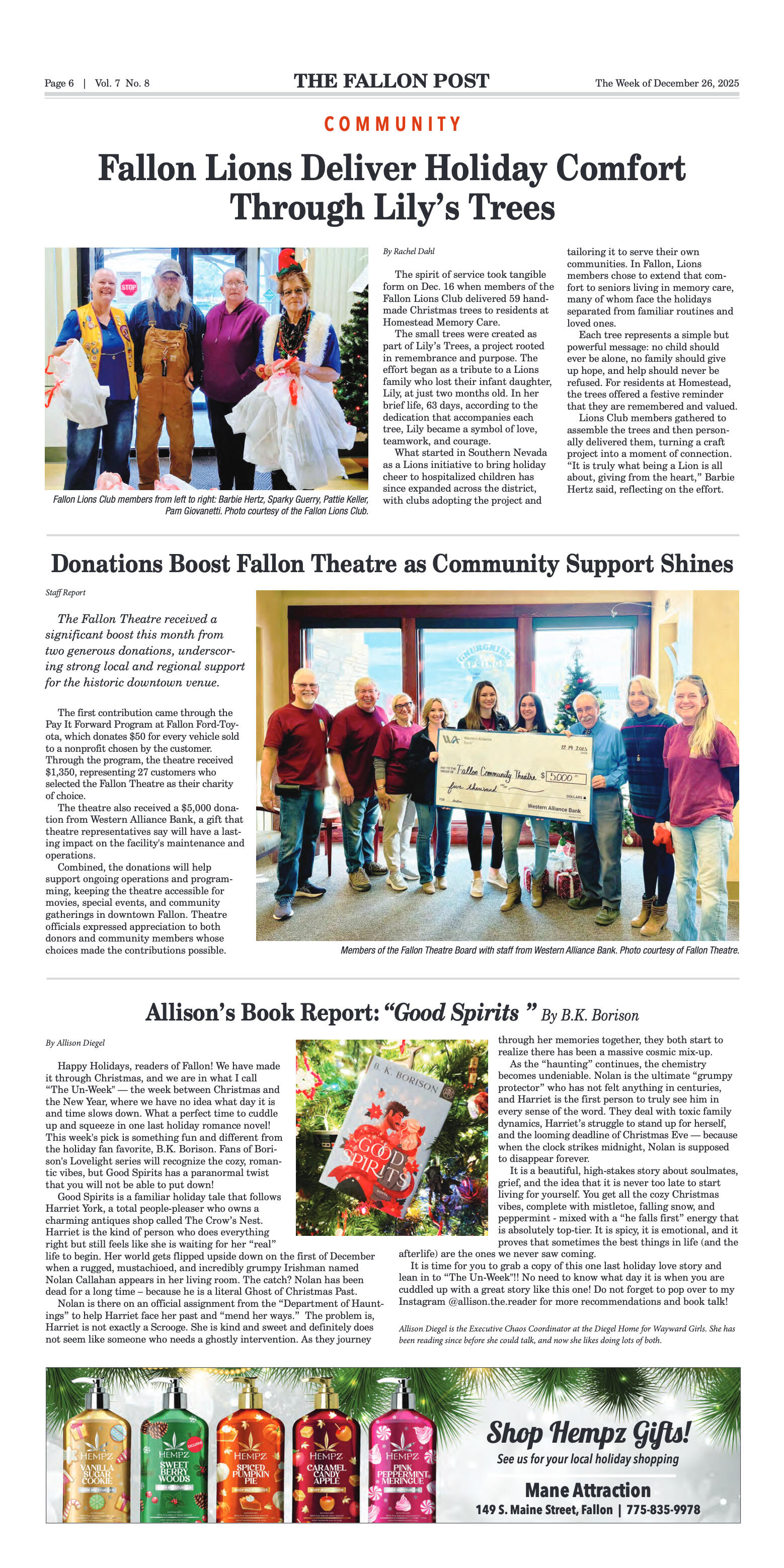
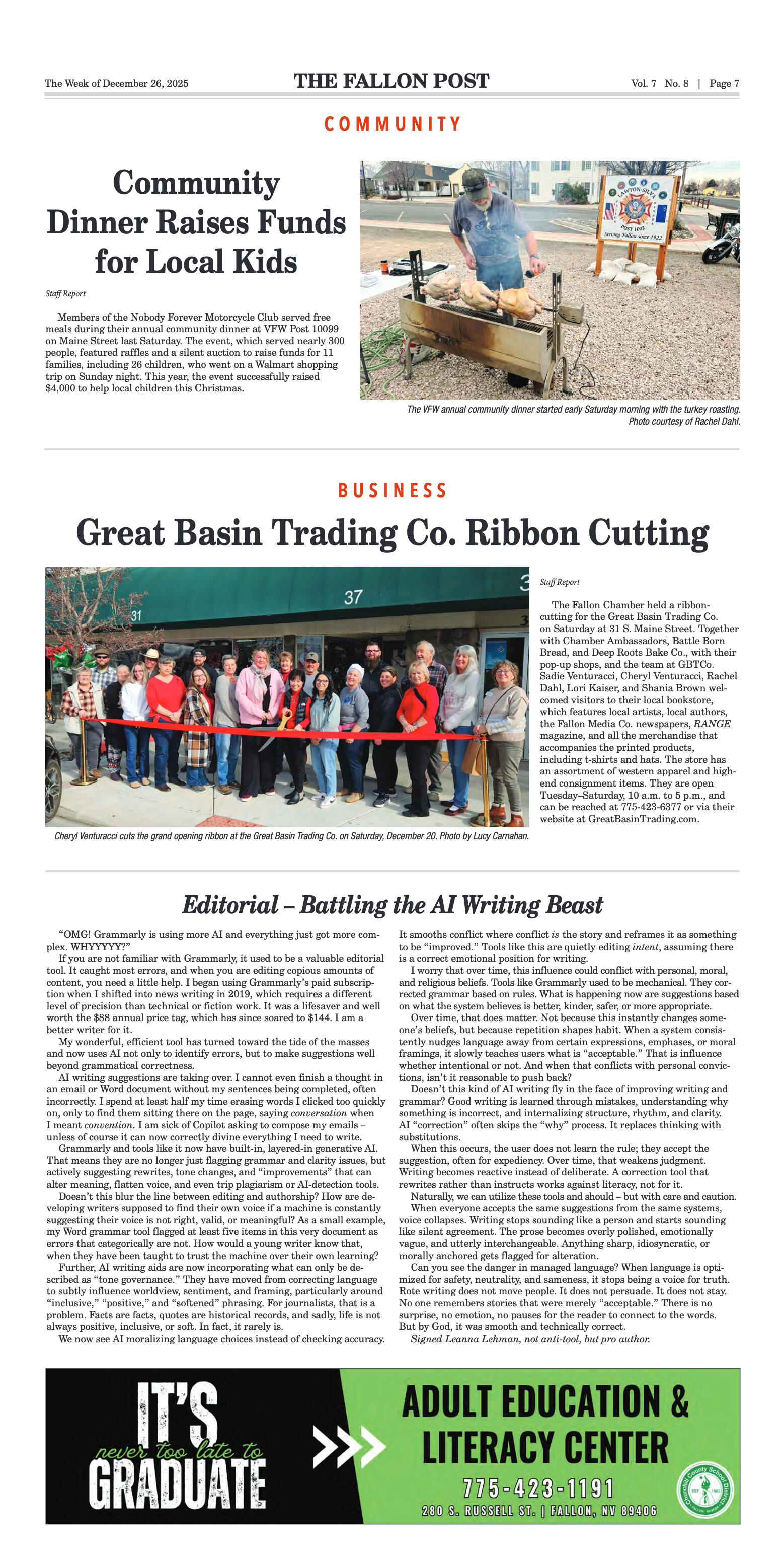
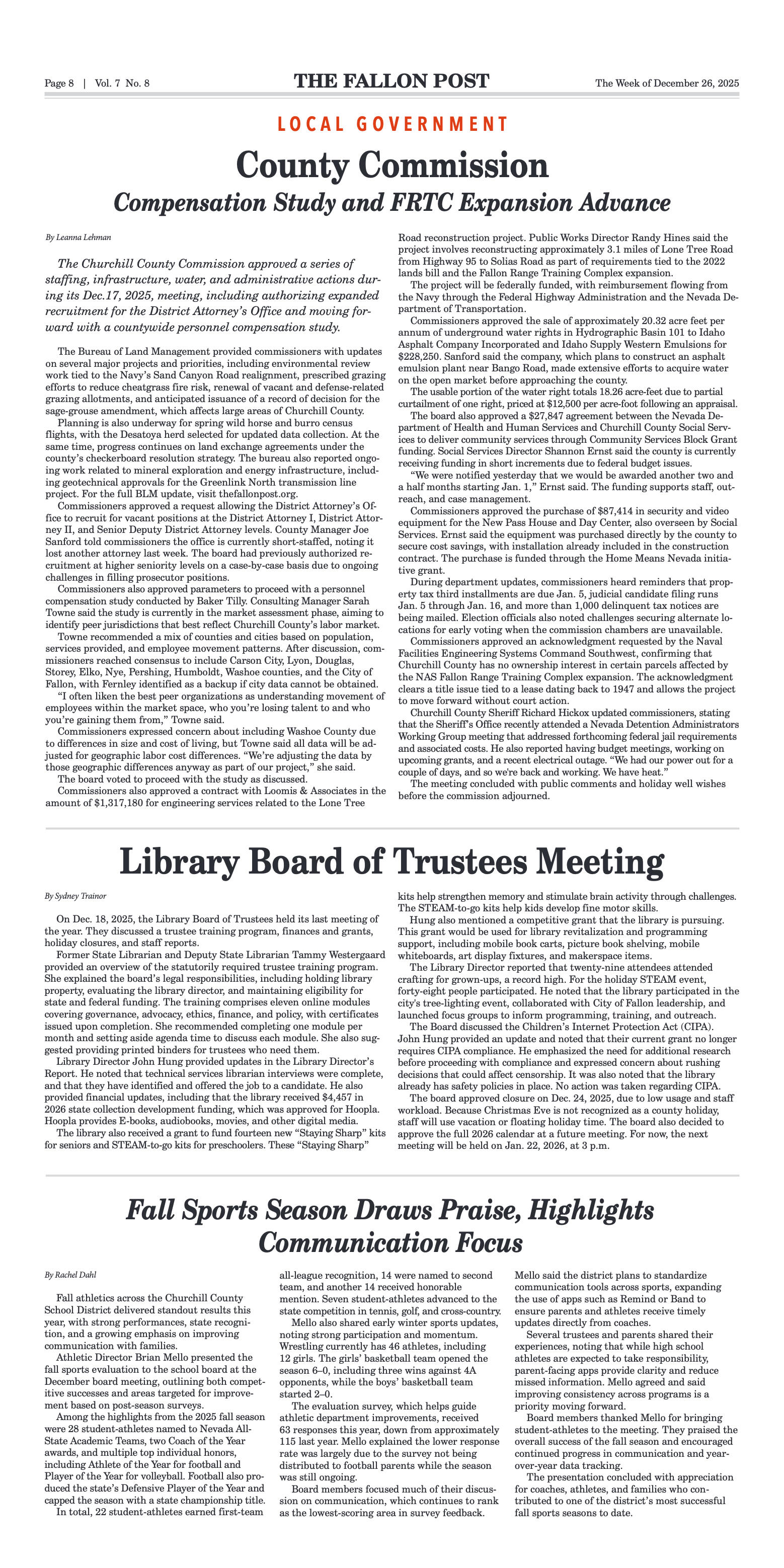

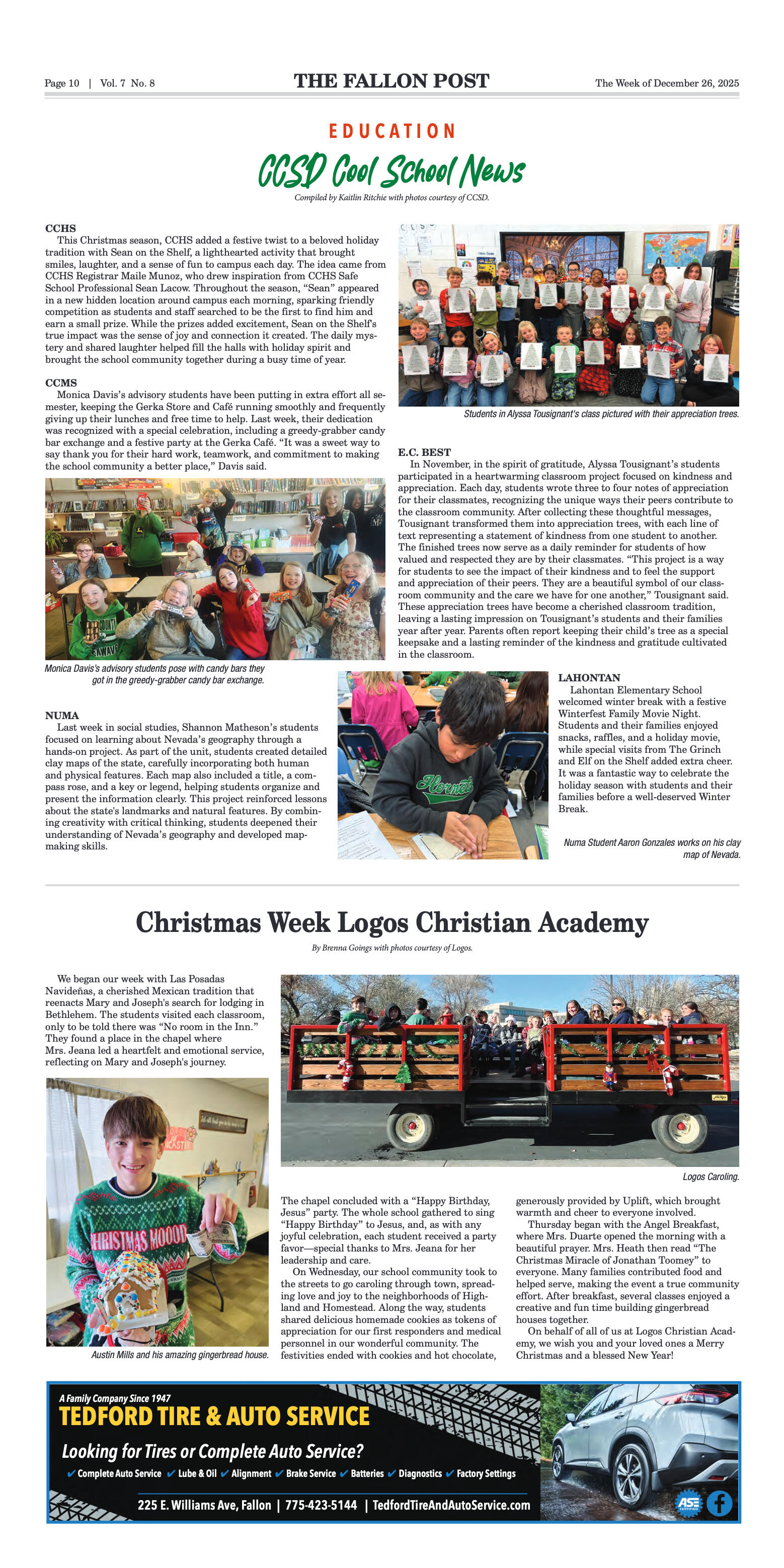
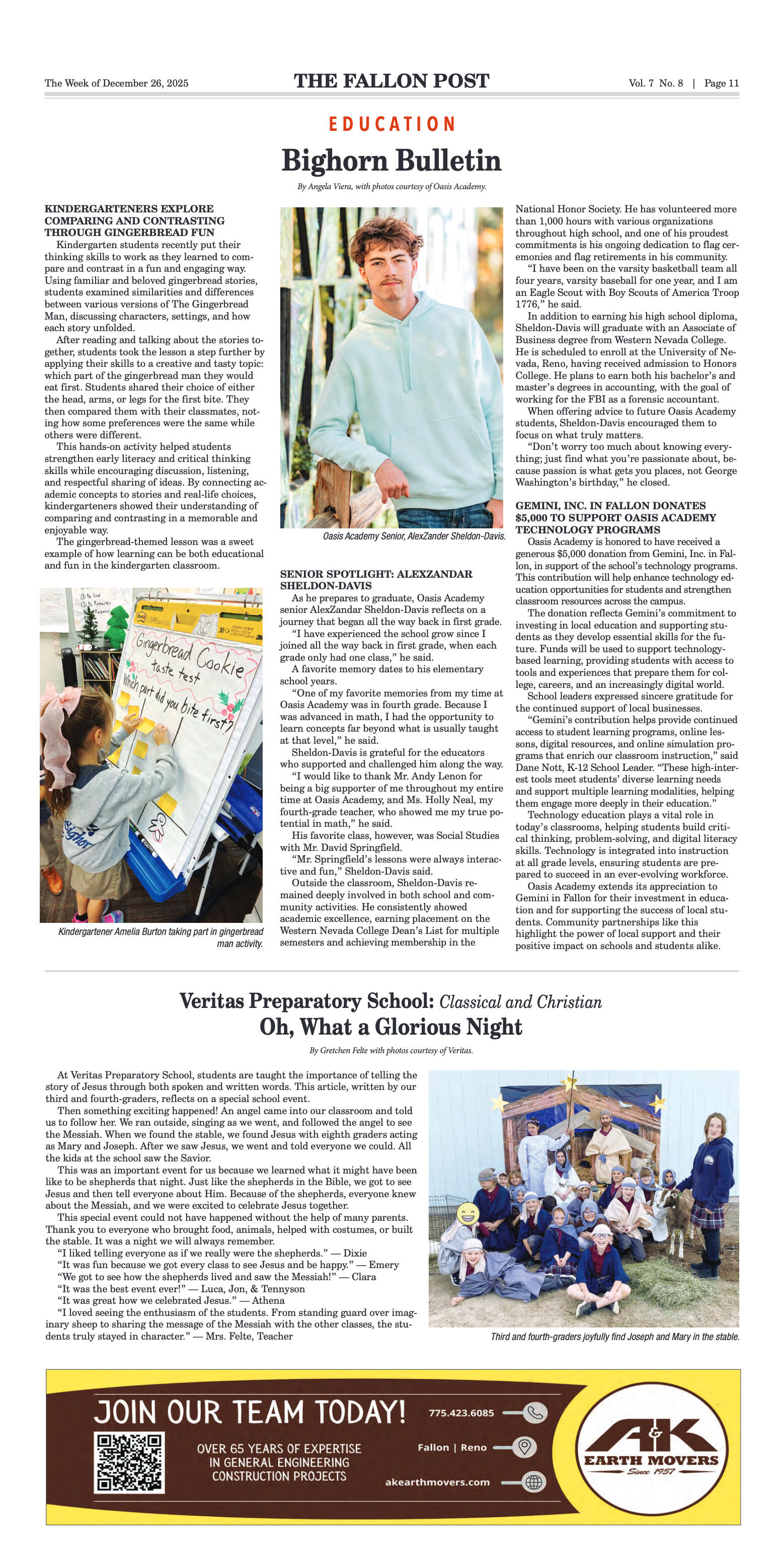


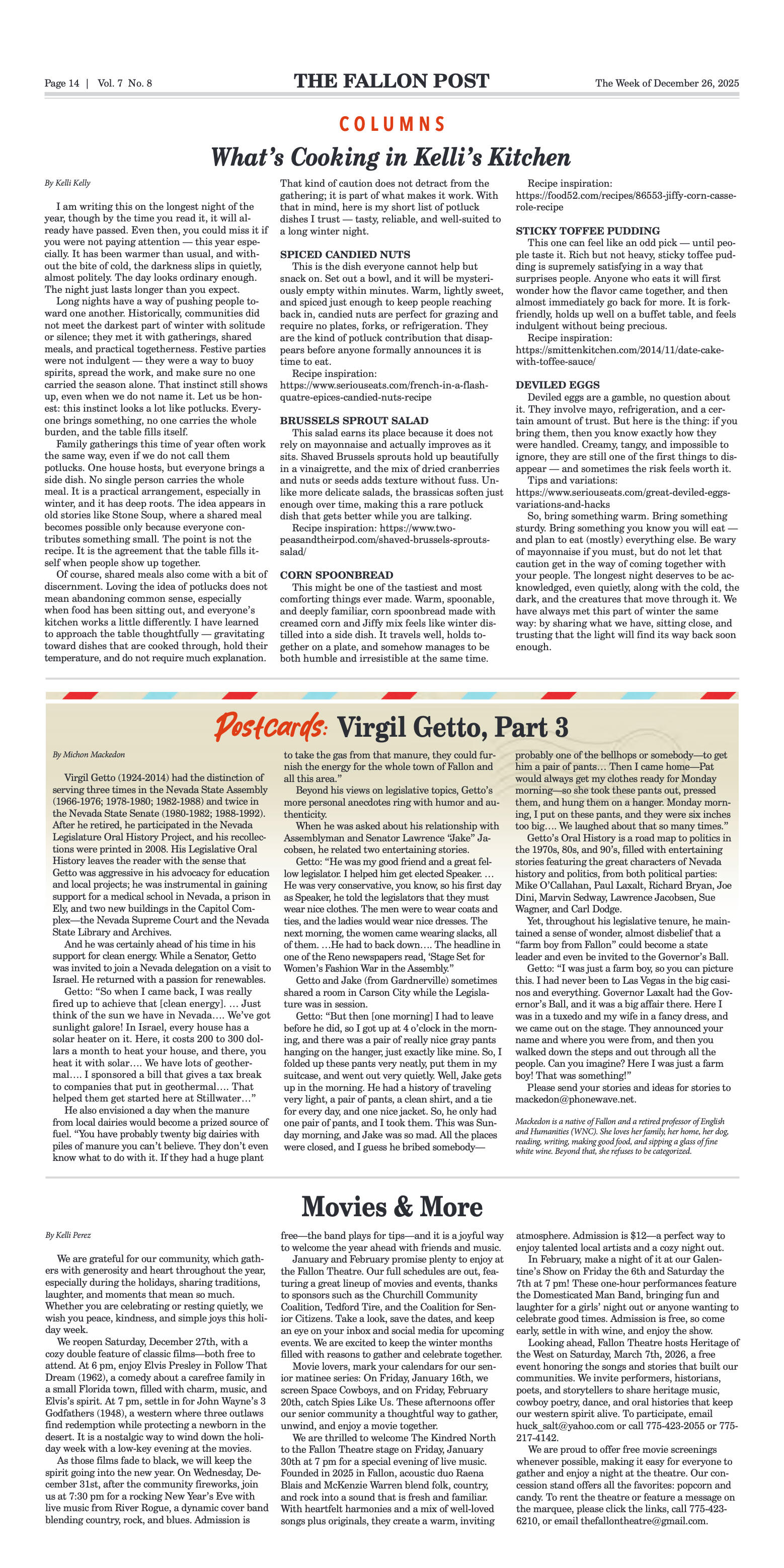






















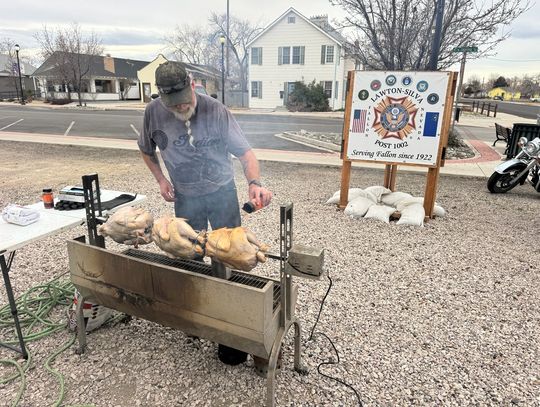





Comment
Comments